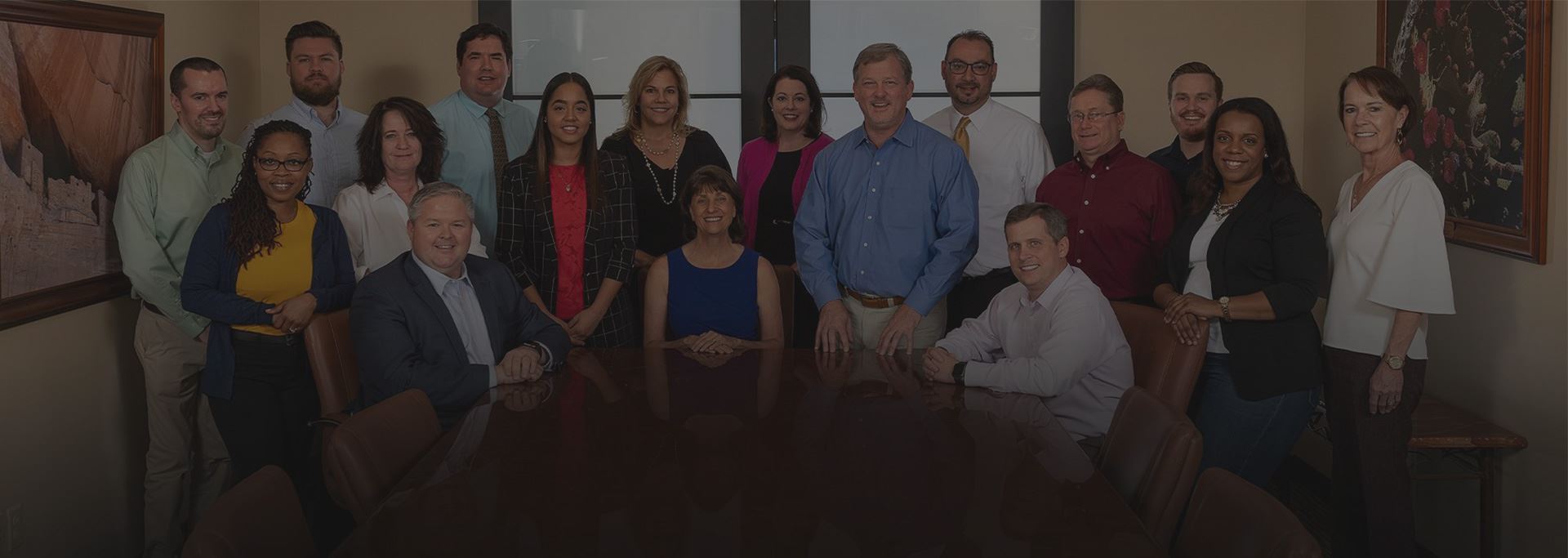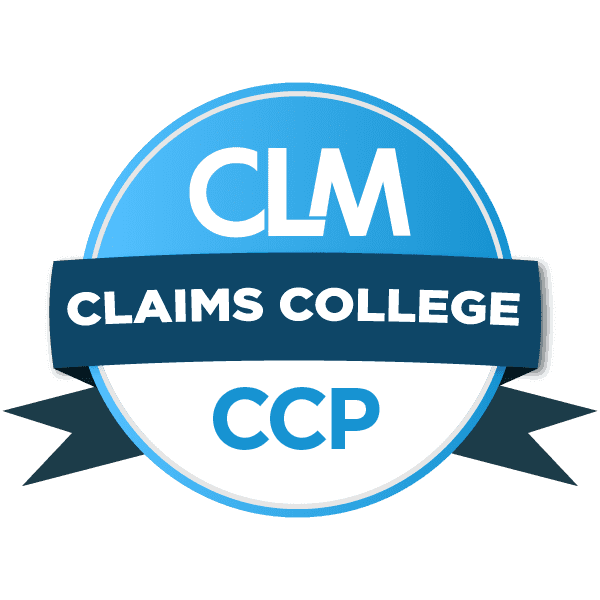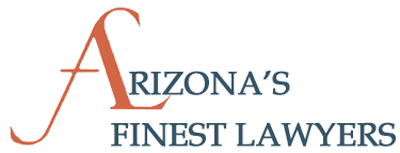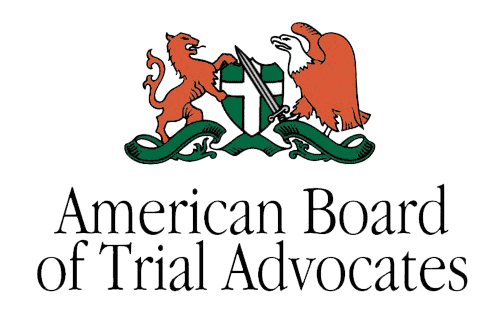
Construction Defect and Insurance Coverage in Arizona
Submitted by Richard L. Righi
For the most part, there has been a scarcity of published authority on which to base sound coverage decisions in Arizona. Reliance on cases dealing with more traditional coverage questions has been the norm, and has, not surprisingly, led to more than a few coverage contests in the CD arena. Fortunately, from a coverage perspective, the recent flurry of CD litigation in Arizona has finally resulted in a handful of decisions providing some guidance, but there are still quite a number of unanswered questions. This article provides some background in the recent development of Arizona authority relating to coverage for CD claims:
Definition of "Occurrence", and Coverage for Property Damage
Traditionally, Arizona Courts held that insurance policies provided coverage when the resulting injury occurs within the respective policy period. Century Mutual Insurance Co. v. Southern Arizona Aviation, 8 Ariz. App. 384, 446 P.2d 490 (1968); State v. Glen Falls Insurance Co., 125 Ariz. 328, 609 P.2d 598 (Ariz. App.1980). Although these cases did not involve claims of progressive property damage, they seemed to contemplate multiple policy triggers if damage occurred over subsequent policy periods.
The basic bright line rule relating to an occurrence involving construction defect damages was established in United States Fidelity & Guaranty Corp. v Advance Roofing & Supply Co., Inc., 163 Ariz. 476, 788 P.2d 1227 (App. 1989). In Advance Roofing, a roofing contractor failed to complete its contract to re-roof 250 units in a condominium complex. The company only installed roofs on 40 units and that work was defective. The homeowners association sought to recover the entire contract price it had paid the contractor. The Court found that "mere faulty workmanship, standing alone" does not constitute an "occurrence" under a contractor's CGL policy, and thus held the contract damages were not covered by the involved policy. The Court also held that the cost of repairing faulty workmanship would not constitute "property damage". Implicit in this holding is a conclusion that defective performance of construction work is not considered to be an accident. The court's definition of "mere faulty workmanship, standing alone" is not entirely clear from the opinion. In reaching its opinion, the court relied upon a decision by the New Hampshire Supreme Court, McAllister v. Peerless Insurance Company, 124 N.H. 676, 474 A.2d 1033 (1984). The court in McAllister found that there was no coverage for a landscaping contractor's faulty work, noting,
[ The claimant ] did not claim that such defects had caused damage to any other property than the work product, nor did he claim any damage to the work product other than the defective workmanship.
Id., 474 A.2d at 1035. In McAllister, the claimant alleged that the contractor had improperly constructed a leach field resulting in inadequate dispersal of effluent. The Advanced Roofing Court's reliance on the McAllister quotation signaled the Arizona court would find coverage if defective work was alleged to cause damage to property other than the work product. In other words, if the defective roof leaked and property inside suffered water damage, there would likely be coverage under the Advance Roofing opinion.[1]
Most recently, the Arizona Court of Appeals had an opportunity to take the Advance Roofing decision a step further in Lennar Corp. v. Auto-Owners Ins. Co., 214 Ariz. 255, 151 P.3d 538 (App. 2007). The case involved a Complaint by homeowners at the Pinnacle Hill development in Glendale, Arizona alleging damage from expansive soils, and inadequate foundations. Early in the litigation, Lennar filed a third party complaint against various implicated sub-trades. Lennar also tendered the case to its sub-trade's insurers, demanding coverage as an additional insured.
Lennar retained Roel Consulting Group to investigate the allegations. Roel concluded the primary cause of damage at the project was the faulty work of certain sub-trades. Lennar compiled affidavits from Roel identifying which sub-trades contributed to the alleged damage and detailing how much damage was caused. Plaintiff's expert, Randy Marwig, established through deposition testimony that there may have been "specific deficiencies which may be either made worse or created by the construction deficiencies ... even in the absence of soil movement."
The involved AI insurers refused to provide Lennar a defense under their respective policies. Lennar then filed various cross-claims, counter claims and a third party complaint alleging bad faith against the AI insurers. Separately filed declaratory relief actions were brought by two of the involved AI carriers. The Court bifurcated the bad faith issues from the duty to defend issues, and motions for summary judgment were filed by the insurers alleging they did not owe a duty to defend Lennar. The trial Court granted the insurers motions as to all claims, including the bifurcated bad faith issues and Lennar appealed.
The Lennar Court initially noted insuring language from the involved insurance policies providing that the insurers: "will have the right and duty to defend the insured against any 'suit' seeking damages to which the insurance coverage applies," and that pursuant to such language, the insurers "would have the duty to defend a suit alleging facts that, if true, would give rise to coverage, even though there would ultimately be no obligation to indemnify if the facts giving rise to coverage were not established."
The long and the short of the Lennar case is that for a variety of reasons, the Court found coverage in favor of Lennar. To this end, the Court stated: "to the extent that property damage occurs during the period for which Lennar is a named insured on a policy purchased by one of its subcontractors, it is entitled to coverage for qualifying occurrences during that policy period, and thus to a defense on a complaint alleging such claims."
Several important conclusions were reached by the Lennar Court. To begin with, the court confirmed that faulty workmanship, standing alone, does not constitute an "occurrence" under a CGL policy, and that the cost of repairing such faulty workmanship is not "property damage." The court then clarified what was only implied in Advance Roofing: an occurrence is sufficiently alleged if faulty workmanship allegedly causes damage to other portions of a building (such as the wall and floor cracks that resulted from soil expansion). The Court found this to be true even though this alleged "resulting damage" constituted only a portion of the allegations in the plaintiff's complaint.
The Court highlighted long standing Arizona law establishing that "if any claim alleged in the complaint is within the policy's coverage, the insurer has a duty to defend the entire suit, because it is impossible to determine the basis upon which the plaintiff will recover (if any) until the action is completed."
In addition, the court rejected two coverage arguments that have been used by insurers around the country. It ruled:
- "Property damage" resulting from faulty workmanship is covered even though it might be considered a natural consequence of faulty workmanship. Faulty construction may constitute a "general harmful condition," and when accidental property damage results from continued exposure to faulty construction, that property damage is an "occurrence" as defined by the involved policies.
- Faulty workmanship is not an intentional act that would preclude the finding of an accidental occurrence, even though it could be argued that a contractor intended to perform the faulty work. Additionally, whether an event is accidental is evaluated from the standpoint of the insured, here Lennar, which did not perform the work. No evidence was submitted to establish that Lennar intended its subs to perform faulty work.
Other highlights of the Lennar decision include:
- Because "some factual showing" was made by Lennar to establish coverage (the affidavits supplied by its expert together with the deposition testimony of plaintiff's expert), the insurers could not deny coverage on the basis the complaint was insufficient to implicate the work of a particular sub-trade. At the point at which "some factual showing" is made by an insured, an insurer must investigate and establish that the true facts of the case take the complaint outside the policy coverage." See also, Mark Hancock Development v. Atrium Door & Window Company, et. al., (memorandum decision - 1 CA-CV 05-0789)(subcontractors must prove the absence of any evidence to support a developer's third party claim to obtain summary judgment; charts by experts summarizing defects present in each home, which subs were responsible, the percentages of responsibility and costs to cure each defect were adequate to survive summary judgment).
- The Lennar Court arguably adopted a continuous trigger theory as discussed below.
- The Court recognized the "known-loss" rule, but declined to consider its application because it has not been adequately raised in the trial court.
- The Court also recognized that the subcontractor exception to the "damage to your work" exclusion extended coverage for damage to an insured's work resulting from the work of the insured's subcontractor. Lennar, as the developer/general contractor, was entitled to coverage even though the houses were its "work."
Determining the Date of "Occurrence" or Loss,
i.e., Manifestation vs. Continuous Trigger.
Arizona's appellate courts have been historically inconsistent regarding the determination of an occurrence trigger relative to insurance policies. See, Mutual Ins. Co. v. Southern Arizona Aviation, Inc., 8 Ariz. App. 384, 446 P.2d 490 (1968)(airplane accident caused by installation of faulty propeller; date of the negligent installation of the propeller was not the occurrence; accident after policy expired was the "occurrence"); and, State of Arizona v. Glen Falls Ins. Co., 125 Ariz. 328, 609 P.2d 598 (App. 1980)(claim by depositors for loss of funds deposited into thrift associations; occurrence or accident was when depositors were actually damaged, not time of the wrongful act; actual damage occurred when thrifts were placed into receivership and depositors could not withdraw funds; there was only potential damage at time when thrifts became insolvent); as opposed to: University Mechanical v. Puritan Ins. Co., 150 Ariz. 299, 723 P.2d 648 (1986)(leaks in plumbing couplings and O-rings purchased from a supplier; leaks discovered over one year after installation and after supplier's policy expired; leaks caused because faulty couplings cut into O-rings; Court found installation of O-rings to be property damage to entire facility with no further explanation; damage called "loss of use" by court, but damage in reality was the cost of repair/replacement; policy covered loss of use at any time as long as property damage occurred within policy period).
The United States District Court in Arizona, purporting to apply Arizona law, applied a continuous trigger theory inAetna Casualty & Surety Co. v. PPG Industries, Inc., 554 F. Supp. 290 (D. Ariz. 1983). More recently, the Court of Appeals applied a continuous trigger theory to a toxic tort case where continuous contamination to groundwater chemical exposure resulted in a Morris agreement. Associated Aviation Underwriters v. Wood, 209 Ariz. 137, 98 P.3d 572 (App. 2004). The Wood Court found that the insurer could not contest underlying liability and damages issues because the Morris judgment was binding and had collateral estoppel effect. In its application of a continuous trigger theory, the Court found that damage began on first exposure and continued to manifestation.
The Lennar decision went a bit further to apply a continuous trigger theory to construction defect. In Lennar, the insurers argued the Court should apply a manifestation trigger theory and limit coverage to the policies in force when the damages first appeared. The Court rejected this argument and appears to have adopted a broad continuous injury trigger theory, although it did not engage in any discussion or analysis of the competing trigger theories. The Court stated that under the insuring language of a CGL policy, an insurer must provide coverage for property damage that occurs during its policy period even if other similar damage preceded that damage. Under the Court's ruling, coverage would not necessarily end upon the first manifestation of damage, as some other Courts have held. Instead, it appears the decision supports the argument that coverage could continue as long as damage continues, in other words, under successive policy periods.
[1] It should be noted that the Advance Roofing case is consistent with the prior Arizona case of Continental Insurance Company v. ASARCO, Inc., 153 Ariz. 497, 738 P.2d 368 (App. 1987), citing Weedo v. Stone-E-Brick, Inc., 81 N.J. 233, 405 A.2d 788 (1979), in that it recognizes that the business risk of defective construction is not a risk typically covered by CGL policies. The court noted that to provide coverage for defective workmanship would be to improperly turn a CGL policy into a performance bond.

A member of our team will be in touch shortly to confirm your contact details or address questions you may have.



Stay In The Know
-
 Read More
Read More -
 Read More
Read More -
 Read More
Read More








